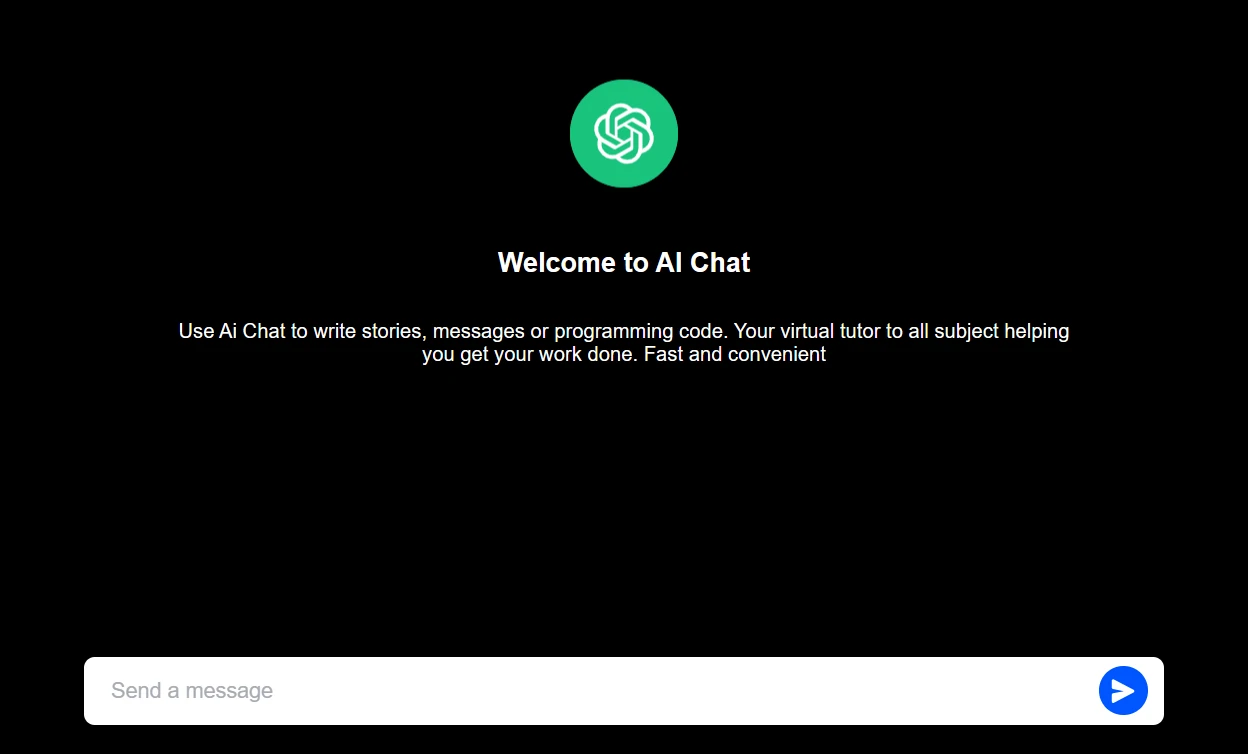
Imagine when you start a new business, how are you going to run it? Undoubtedly, you need to create a marketing plan at that time. A marketing plan is a tactical plan for your business that guides you on how to properly grow your business. Creating a marketing plan helps you think systematically about the mission, target clientele, budget, strategy, and results of each marketing campaign. Usually, the most common way to present a marketing plan is to give a marketing plan presentation. A good presentation can help you gain more support and make the Marketing Plan easier to implement. Using the power of AI, you can get an AI PowerPoint and reduce the difficulty of preparing a presentation. In this blog post, we will have a discussion about marketing plan and marketing plan presentation.
What is a marketing plan?
Marketing planning is the process of establishing and maintaining a viable adaptive management process between organizational goals, skills, resources, and various changing market opportunities. Marketing planning involves marketing strategies and tactics, and every business, product and brand needs a detailed marketing plan. The basis for a fully functioning marketing plan is the right strategy, a perfect strategy can be achieved without having to rely on perfect tactics, and from another point of view, the correct execution of a marketing plan creates perfect tactics, and perfect tactics make up for the lack of a strategy and can also be transformed into a strategy to a certain extent.

Ten key elements of a marketing plan:
1. Executive Summary: An executive summary provides a concise overview of the entire marketing plan, including its objectives, strategies, and expected results.
2. Market Analysis: This part involves researching and understanding the market in which the product or service operates. It includes industry trends, competitive analysis, target audience demographics, and potential opportunities and threats
3. Target Audience: This defines the specific demographic, psychographic, and behavioral characteristics of the ideal customer. Understanding your target audience is critical to effectively tailoring marketing messages and strategies.
4. Marketing Objectives: Outline the goals and objectives you want to achieve through your marketing efforts. Your goals should be specific, measurable, achievable, relevant, and time-bound.
5. Marketing Strategies: This section should detail the overarching strategies you'll use to achieve your objectives. This could include product positioning, pricing strategies, distribution channels, and promotional tactics.
6. Implementation Plan: Break down your strategies into actionable steps and timelines. Include specific marketing activities such as advertising campaigns, content creation, social media engagement, and events.
7. Budget Allocation: Determine the financial resources needed to effectively execute your marketing plan. Allocate budgets to different marketing activities based on their importance.
8. Monitoring and Measurement: Establish metrics and KPIs to track the success of your marketing efforts. Regularly monitor and evaluate performance against these benchmarks and adjust strategies as needed.
9. Risk Analysis: Identify potential risks and challenges that could affect the execution or success of your marketing plan. Develop contingency plans to mitigate these risks and ensure smooth execution.
10. Specific timeline: Create a timeline that outlines deadlines and milestones for each marketing initiative. This will help keep the team accountable and ensure that activities are completed on time.
The differences between a marketing plan and a marketing strategy.
For enterprises, the marketing plan is a tactical plan. A marketing strategy sets the direction and framework for marketing activities, while a marketing plan provides the specific roadmap for executing those activities. Marketing strategy and marketing plan are interrelated and interdependent concepts, marketing strategy is the basis and guidance of marketing plan, and marketing plan is the specific implementation of marketing strategy and landing.
Marketing Strategy:
1. A marketing strategy outlines the overall approach or method a company will use to achieve its marketing objectives.
2. It involves making high-level decisions about how to position the brand, target the audience, and allocate resources to achieve competitive advantage.
3. Marketing strategy focuses on long-term goals and the broader direction of marketing efforts.
4. It often includes decisions about product development, pricing, distribution, and promotion.
Marketing Plan:
1. A marketing plan is a detailed roadmap that outlines specific actions, tactics, and initiatives to implement the marketing strategy.
2. It translates the overarching strategy into actionable steps and timelines.
3. Marketing plans are typically more tactical and focused on short to mid-term activities.
4. It includes details such as specific marketing campaigns, budget allocation, target audience segmentation, and performance metrics.

Eight slides you need to make in a marketing plan presentation:
1. Title Slide: Show the title of your marketing plan presentation and basic information about the presenter and the company.
2. Introduction slide: This slide should provide an overview of the objectives of the presentation and a brief description of your product or service and its importance in the marketplace.
3. Target Audience: Show your target audience by analyzing the market, and competitors. You can also show the market background in this slide.
4. Goals and Objectives: Tell the audience what your marketing objectives are. You can use SMART criteria (Specific, Measurable, Achievable, Relevant, Time-bound).
5. Strategy and Implementation Plan: In this slide, you can use a position statement or value proposition. Show your marketing strategies and tell the audience what your implementation plan is, including timeline, teams, and tactics.
6. Budget Allocation: Present the total marketing budget and allocation on this slide. This is the financial side of your marketing plan.
7. Metrics and KPIs: In this slide, you need to show your KPIs or marketing goals. You can compare past performance and set a target for the KPIs in the future.
8. Conclusion and Next Steps: Finally, create a slide to conclude your key points about your presentation and illustrate your next steps for implementing the marketing plan. You can include calls to action or specific requests for support or feedback from stakeholders.
Five Tips for making your marketing plan presentation memorable:
1. Know Your Audience: When developing a marketing plan, we need to consider the target audience. Similarly, when conducting a marketing plan presentation, we need to consider the needs of the audience for the presentation. Understand who will be attending the presentation and tailor your content and messaging accordingly. Consider their level of expertise in marketing, their role within the organization, and their specific interests and concerns.
2. Start with a Strong Introduction: A compelling introduction can capture the audience's attention and provide an overview of what will be covered. A compelling start not only drives the atmosphere of the presentation but also creates a good impression on the audience. Clearly state the objectives of the marketing plan and why it's important for the organization.
3. Make Your Content Concise: Your job as a marketing plan presenter is to explain your ideas using specific details, clear and concise wording (avoid jargon), vivid descriptions, and meaningful images. Too much verbosity detracts from the key messages. Organize and capture the key messages, such as marketing purpose, strategy, implementation plan, and so on. Therefore, control the length and content of your speech to avoid length, repetition, and verbosity.
4. Provide Supporting Materials: The most inspiring ideas, the strongest logical proofs, and the most succinct insights can be greatly diminished in terms of general acceptance if they are not well visualized. Supplement your presentation with visual aids, such as slides, charts, graphs, and examples, to reinforce key points and make complex information easier to understand.
5. Use Smallppt, an AI PowerPoint generator: Smallppt would create AI slides for your marketing plan presentation. If you want to find an effective way to create a PPT presentation, try using Smallppt. Smallppt focus on aesthetics redefines the standards for creating AI presentations. Professionals can now effortlessly achieve excellence with this advanced AI presentation tool. With Smallppt, an AI PowerPoint presentation generator, creating a marketing plan presentation would be intuitive and effective.
Come to Smallppt and learn more about AI PowerPoint!

